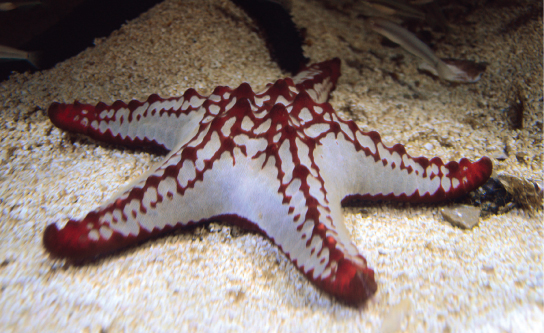| << Chapter < Page | Chapter >> Page > |
Of all the constituents of the human body, bone is the hardest, the driest, the earthiest and the coldest; and, excepting only the teeth, it is devoid of sensation. God, the great Creator of all things, formed its substance to this specification with good reason, intending it to be like a foundation for the whole body; for it the fabric of the human body bones perform the same function as do walls and beams in houses, poles in tents, and keels and ribs in boats.Andreas Vesalius, Flemish anatomist, in De Humanis Corporis Fabrica , 1543
As Vesalius recognized long ago, the muscular and skeletal systems provide support to the body and allow for a wide range of movement. The bones of the skeletal system protect the body’s internal organs and support the weight of the body. The muscles of the muscular system contract and pull on the bones, allowing for movements as diverse as standing, walking, running, and grasping items. Injury or disease affecting the musculoskeletal system can be very debilitating. In humans, the most common musculoskeletal diseases worldwide are caused by malnutrition. Ailments that affect the joints are also widespread, such as arthritis, which can make movement difficult and—in advanced cases—completely impair mobility.
A skeletal system is necessary to support the body, protect internal organs, and allow for the movement of an organism. There are three different skeleton designs that fulfill these functions: hydrostatic skeleton, exoskeleton, and endoskeleton.
A hydrostatic skeleton is a skeleton formed by a fluid-filled compartment within the body, called the coelom. The organs of the coelom are supported by the aqueous fluid, which also resists external compression. This compartment is under hydrostatic pressure because of the fluid and supports the other organs of the organism. This type of skeletal system is found in soft-bodied animals such as sea anemones, earthworms, Cnidaria, and other invertebrates ( [link] ).

Movement in a hydrostatic skeleton is provided by muscles that surround the coelom. The muscles in a hydrostatic skeleton contract to change the shape of the coelom; the pressure of the fluid in the coelom produces movement. For example, earthworms move by waves of muscular contractions of the skeletal muscle of the body wall hydrostatic skeleton, called peristalsis, which alternately shorten and lengthen the body. Lengthening the body extends the anterior end of the organism. Most organisms have a mechanism to fix themselves in the substrate. Shortening the muscles then draws the posterior portion of the body forward. Although a hydrostatic skeleton is well-suited to invertebrate organisms such as earthworms and some aquatic organisms, it is not an efficient skeleton for terrestrial animals.
An exoskeleton is a chitinous external skeleton that consists of a hard encasement on the surface of an organism. For example, the shells of crabs and insects are exoskeletons ( [link] ). This skeleton type provides defense against predators, supports the body, and allows for movement through the contraction of attached muscles. As with endoskeletons (see below), muscles must cross a joint inside the exoskeleton. Shortening of the muscle thus changes the relationship of the two segments of the exoskeleton. Arthropods such as crabs and lobsters have exoskeletons that consist of 30–50 percent chitin, a polysaccharide derivative of glucose that is a strong but flexible material. Chitin is secreted by the epidermal cells. The exoskeleton is further strengthened by the addition of calcium carbonate in organisms such as the lobster. Because the exoskeleton is acellular, arthropods must periodically shed their exoskeletons as they grow, because the exoskeleton does not grow as the organism grows.

Notification Switch
Would you like to follow the 'Principles of biology' conversation and receive update notifications?